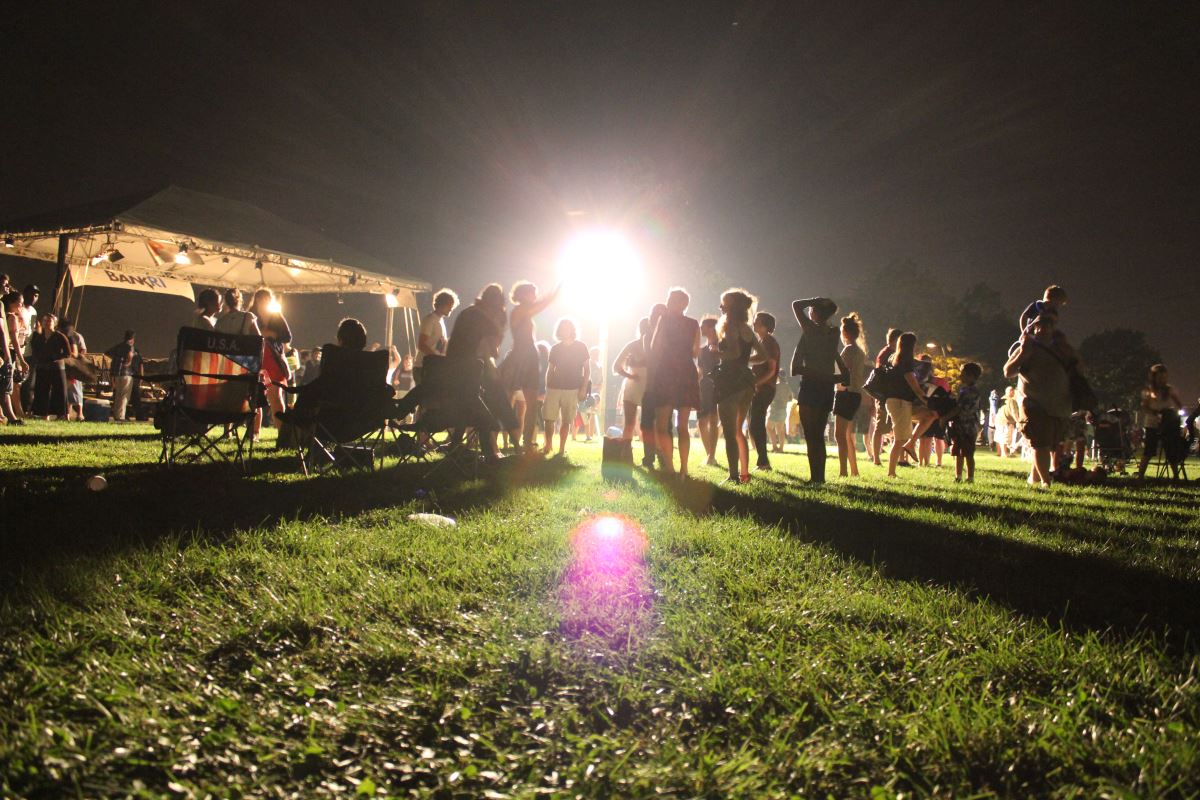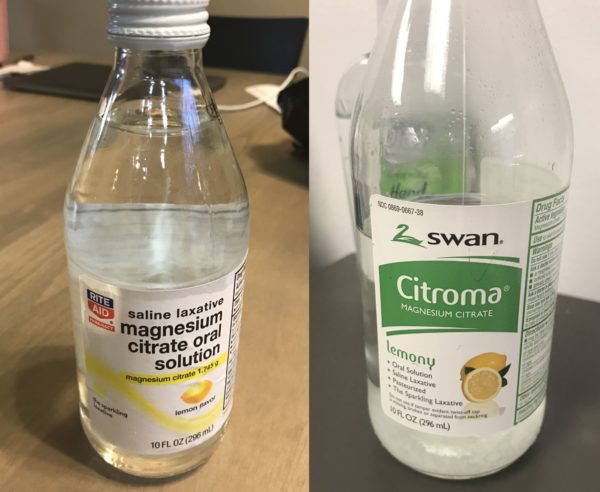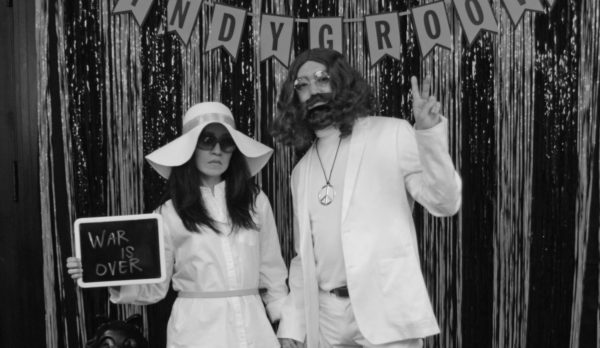What Happens After You Die: What We’ve Learned from Near-Death Experiences

When crime investigators want to determine what happened at a particular event witnessed by many people, they use two techniques:
- Interview everyone who witnessed the event and see if their stories match up with each other.
- Ask the witnesses the same questions in different ways and see if they are consistent in their answers.
This is exactly what Dr. Jeffrey Long, M.D. has done with people who have had “near-death experiences” (NDEs). He interviewed 613 people who had near-death experiences and analyzed the responses. The results are in his book, “Evidence of the Afterlife” (by Jeffrey Long and Paul Perry). After reading it, I am convinced by the scientific evidence that these experiences are real and not just hallucinations or a byproduct of near-death brain damage.
What People Reported
According to the study, many of those who had near-death experiences report some or all of the following experiences:
- Out-of-body experience: separation of consciousness from the physical body
- Intense and generally positive emotions
- Passing into or through a tunnel
- Encountering a brilliant light
- Encountering either mystical beings or deceased relatives or friends
- Life review (the book lists six more experiences not listed here).
Now, not all of those people who had near-death experiences reported all of these events, but for those who did, the experiences were very consistent across age groups, backgrounds, cultures, etc. The answers to the surveys were very consistent within each person’s survey as well.
Here are a few eyewitness accounts of their near-death experiences. First is a description of the out-of-body experience:
I could feel my spirit actually leaving my body. I saw and heard the conversations between my husband and the doctors taking place outside my room, about forty feet away down a hallway. I was later able to verify this conversation to my shocked husband.
Long, Jeffrey, and Paul Perry. Evidence of the Afterlife: The Science of Near-death Experiences. New York: HarperOne, 2010. Print.
Here is one witness’ description of the positive emotions felt:
Words will not come close to capturing the feelings, but I’ll try: total, unconditional, all-encompassing love, compassion, peace, warmth, safety, belonging, understanding, overwhelming sense of being home, and joy.
Long, Jeffrey, and Paul Perry. “Introduction.” Evidence of the Afterlife: The Science of Near-death Experiences. New York: HarperOne, 2010. Print.
Here are a few descriptions of the “life review”:
I saw every important event that had ever happened in my life, from my first birthday to my first kiss to fights with my parents. I saw how selfish I was and how I would give anything to go back and change.
Long, Jeffrey, and Paul Perry. “Introduction.” Evidence of the Afterlife: The Science of Near-death Experiences. New York: HarperOne, 2010. Print.
Every second from birth until death you will see and feel and experience your emotions and others that you hurt, and feel their pain and emotions. This is so you can see what kind of person you were and how you treated others from another vantage point, and you will be harder on yourself than anyone.
Long, Jeffrey, and Paul Perry. “Introduction.” Evidence of the Afterlife: The Science of Near-death Experiences. New York: HarperOne, 2010. Print.
There are many other amazing accounts in the book.
C’mon, Are You Kidding Me?
I know this is a lot to swallow for many. Let me pause to say that I am a firm believer in science. I have worked as an electrical engineer for 20 years. I have a degree in electrical engineering from Caltech. I believe in global warming, evolution, and dinosaurs. I am not one of those nut-cases who doesn’t believe in science.
The author of the book is not some right-wing religious zealot either. He’s a real radiation oncology medical doctor. The study is not a front for some bad science like those bogus studies that try to disprove global warming. Believe me, I checked, because I hate bogus science like that.
As someone who believes in science, I found the evidence that these experiences are real to be very compelling after reading the book. Yet, when I’ve told some of my skeptical friends about this, I felt like agent Mulder trying to convince Scully that aliens are real.
Skeptics’ Arguments
The main objection to these conclusions is that all of these experiences are simply hallucinations, dreams, or other explainable phenomena that occur near death. Yet, it is a fact that while people have these experiences, there is no electrical brain activity going on. It is medically impossible to dream or hallucinate in this state.
Then the argument could be made that because the brain is deprived of oxygen, it is damaged in some way which causes the person to wake up and remember seeing a bright light, etc. I used to believe this to varying degrees myself.
Here are two reasons why I am now convinced that these experiences are real and not simply some by-product of brain damage:
- People have reported seeing things while they were unconscious that they could not have known about, for example, something that was going on down the hallway from their hospital room, or which drawer their personal items were placed in, or details about some hidden nearby object. More studies are being prepared to prove this phenomenon.
- The reuniting with dead relatives is such a specific experience that it’s hard for me to chalk this up to a glitch in the brain. In some cases, people claim to have met people they didn’t know but who they later recognized as dead relatives from photos. Some met relatives who they didn’t know were dead yet. For example, one subject claimed to have met his grandfather, who had died while the subject was in a coma. There’s no way he could have known his grandfather was dead. How can this be explained if this phenomenon is simply playing back “all of the dead people you know” in the brain, since the person didn’t know the grandparent was dead?
Furthermore, the relatives are often encountered in the prime of their lives, in their 20’s and 30’s. You can’t have a memory of your grandfather when he was 20. This is a new experience that would have to be created. I contend that it’s too complex an experience to be created by brain damage.
I could buy the brain damage theory if you just saw a bright light and felt good. But, I find the accounts of meeting dead relatives to be too specific, vivid, complex, and consistent to be created by brain damage. You can read many more near-death accounts at the website that was used to collect the data.
After reading them and seeing how consistent they are, I can’t believe they were made up or just a result of brain damage.
Another argument skeptics might make is that pop culture has informed us of what we are supposed to see when we die, so that’s why it is reported that way. We’ve all watched Oprah and seen “Ghost”. We all know you’re supposed to see a bright light, travel through a tunnel, etc.
The author of the study disproved this when he looked at near-death experience reports from before 1975, which is when this phenomenon was first publicized. Before then, it was not common knowledge that you are supposed to see a bright light, tunnel, etc. when you die, yet people who had near-death experiences before 1975 reported the same thing as they do today.
Furthermore, he looked at near-death experience reports from young kids who would not have known about the popular concept of what you’re supposed to see when you die and found them to be consistent. Finally, he found a strong correlation between reports from different countries and cultures, where people have never heard of the bright light, etc.
Alien Abduction vs. Near Death Experiences
To me, the correlation between witnesses and across cultural lines is very compelling. Let’s take a counterexample, namely alien abduction reports. If you look at alien abduction reports in the 1950s, you’ll notice that the aliens are described as “little green men”, which happens to correspond to how they were depicted in science fiction movies of the time. After Close Encounters of the Third Kind came out, aliens are described as little grey men. And in Europe, they are described as tall men with Nordic features. Now, unless the aliens are purposely mimicking our movies and culture, this is strong evidence that these encounters are not real but a byproduct of what people see in popular culture.
So, alien abduction reports are very inconsistent across time periods and cultures, while near-death experience reports are very consistent across time periods and cultures. Near-death experience reports don’t change every time a new movie that depicts life after death comes out.
Transformed Lives
Another reason that I think these near-death experiences are real is that those who experience them often have changed lives afterward. They are no longer afraid of death. They seek out to live life more fully through relationships, compassion, and love, rather than through the acquisition of material wealth. The book says that some quit their cutthroat corporate jobs to take new jobs that more directly help people.
You might argue, “well, of course, they are changed – they nearly died! That alone would be enough to motivate change”. Well, the study showed that the changed lives only happened when the victim had the near-death experience. When the person almost died but didn’t go through the experience, they didn’t have a changed life afterward.
Comforting News
Overall, I see this scientific evidence as very good news for most people. If these observations are true, then:
- You will go to a place of peace, unconditional love
- You will be reunited with your loved ones and family after death
- You will experience all of the emotions you experienced during your life, as well as the emotions you caused other people, both good and bad.
Survivors of near-death experiences seek to love others more, have more compassion, and change their values after their experiences.
Disclosure: Some of the links on this page are affiliate links. This means if you click on the link and purchase the item, I will receive an affiliate commission at no extra cost to you. I test or research each product or service before endorsing. This site is not owned by any retailer or manufacturer. I own this site and the opinions expressed here are mine. As an Amazon Associate, I earn from qualifying purchases.
But Is it Good For Everyone?
I’ve done separate research that shows a small number of people don’t have this positive experience. They are much more reluctant to talk about their experiences, so there’s not as much data on this. After the “life review”, these people go to a hellish place of torture, pain, loneliness, anger, and fear. More research is needed here!
I find these results to be fascinating and worthy of further study. There are religious implications that are beyond the scope of this article. Personally, these findings reaffirm my religious beliefs. But, everyone should judge for themselves, hopefully with an open mind.
– Brian
p.s., here’s a great Salon article on the scientific study of near-death experiences.







Please Leave a Question or Comment
I try to answer each one! - Brian
Your “COMFORTING NEWS” sounds really wonderful, however, i have to ask this. If everyone experiences this, then what you do on this Earth does not matter one bit,,,,,,,,,,,,,,am i correct? What i’m saying is, if you do everything terrible thing possible in this life, you will get the same reward in the afterlife the same as someone who did every good thing possible. Somehow, this don’t make sense to me!
Hi Tom,
You ask a really good question, to which I cannot possibly answer.
But, I’ll say this. I’ve since done some research which says a small number of near-death survivors did not experience these wonderful feelings. Some have reported going to a terrible place of suffering. Of course, these people don’t like to talk about it so it’s not well-researched.
I’ll update my article accordingly to reflect this.
Also, according to these reports, you do have a “playback” of your life where you feel all of the pain you’ve caused others. Maybe if you’ve caused others a lot of pain, this could be a very bad thing.
Again, I have no answer obviously; only speculation.
Thank you for commenting!
Brian
Excellent! I love this too.
You would be (or possibly will be) very surprised at how many scientists and doctors are coming around to the same views. Dr. Lissa Rankin is an M.D. (She doesn’t let you forget it, either, in spite of going on about fighting her ego; I think her ego is still winning.) But her experiences and discoveries – and extensive research – keep getting farther and farther out of what proper M.D.s would approve of (sorry about ending a clause with a preposition), and because of her science training, this also bothered her.
Dr. Raymond Moody’s book “Life After Life” changed the expectations in 1976, but obviously all of his research happened *before* he printed the book about it. (Ya think?) Last year he said in an interview that he had felt no choice but also to come around to believing in reincarnation. There was no suggestion of that in his book.
There are more, but I wanted to keep the examples to well-known doctors. Reading any one of them would lead the reader to more authors.
Hi Occam,
Great, thank you for your comments and additional resources! Very interesting.
Brian
what a lovely comforting article , far too few of these on the net
I’m glad you liked my article on near death experiences! Thanks for your comment! – Brian